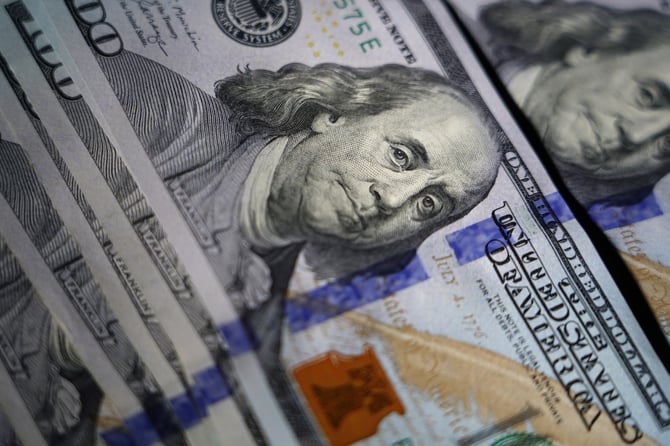US Inflation and Consumer Spending Slowed in December

The Federal Reserve places great store in consumer spending as a barometer of how hot the economy is running. US consumer spending dropped in December, providing evidence that the Fed’s series of interest rate increases are cooling the economy.
On Friday, the Department of Commerce revealed that prices climbed 5% in December from the year before, a drop of 0.5% from November’s year-over-year increase. It was the third such consecutive drop.
Consumer spending slid 0.2% between November and December. Holiday sales, traditionally a boon for retailers in a healthy and stable economy, were lethargic, making overall spending for November and December of 2022 the softest in two years.
The slowdown in consumer spending is likely to be welcomed by Fed officials, who have been actively trying to make lending increasingly difficult to slow the pace of spending.
What does this mean for me?
Core prices, which do not account for unpredictable food and energy costs, climbed 0.3% from November to December and 4.4% from the year before. Sliding prices of oil, gas, copper, lumber, wheat and other commodities have helped drag down the retail cost of such goods as automobiles, furniture and clothes.
The new data confirms suspicions that the economy is slowing, with consumers, who make up 70% of economic activity, keeping their wallets in their pockets. Despite this, the Fed largely expected the slowing, meaning it will likely raise its key rate by a quarter-point next week as planned.
More News

Trump Drops Selected Tariffs in Response to Inflation Pressures
1 day ago

Tariffs on Mexico Test Nuevo Leon’s Industrial Momentum
5 days ago

US Moves to Ease Latin American Tariffs as Food Inflation Mounts
1 week ago

Japan Faces First GDP Shrinkage in Six Quarters as Tariffs Bite
1 week ago

India’s Inflation Dip Strengthens Case for RBI Easing
1 week ago

Europe Rallies as Shutdown Eases, Earnings Impress
2 weeks ago

Germany’s Trade Surplus Slides as Imports Outpace Exports
2 weeks ago

Markets Rally as US Moves Toward Ending Prolonged Shutdown
2 weeks ago